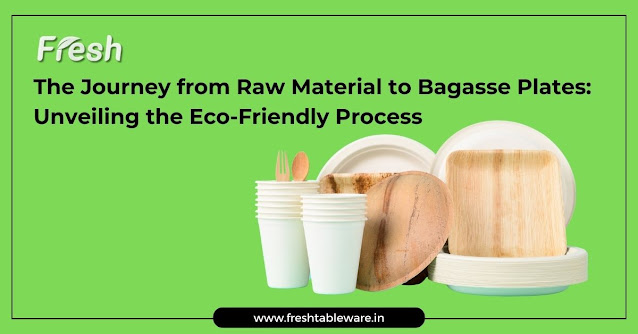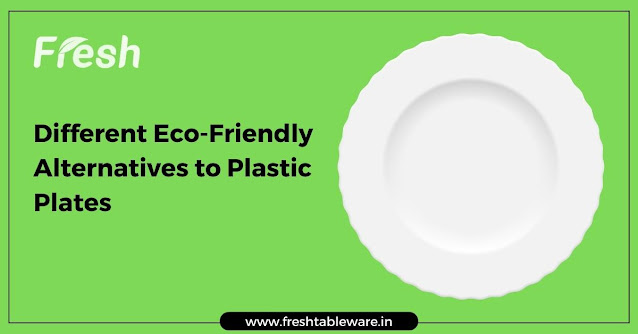The Superiority of Bagasse for Tableware Products: An Eco-Friendly Choice
In recent years, there has been a growing global concern about the environmental impact of single-use plastic products. As a result, more sustainable alternatives are being sought after, especially in the realm of tableware. Bagasse, a natural byproduct of sugarcane processing, has emerged as one of the most suitable materials for eco-friendly tableware products. This article explores the reasons why bagasse is increasingly preferred over traditional materials and how it contributes to a greener future.
Renewable and Biodegradable:
One of the key reasons why bagasse is considered superior for tableware products is its renewable nature. Bagasse is derived from sugarcane, a rapidly renewable resource that can be sustainably harvested without causing harm to the environment. Unlike non-renewable materials like plastic, which deplete precious fossil fuels, bagasse can be continuously sourced without placing a strain on natural resources.
Additionally, bagasse is biodegradable, meaning it can be broken down by natural processes into harmless organic matter. When discarded, bagasse tableware products will decompose over time, reducing their environmental footprint and preventing long-term pollution.
Eco-Friendly Production Process:
The production process of bagasse tableware is inherently eco-friendly. Bagasse is a byproduct of the sugarcane milling process, which means it would otherwise be discarded as waste. By utilizing bagasse to create tableware, this byproduct is put to valuable use, reducing waste and minimizing environmental impact.
Furthermore, the production of bagasse tableware requires less energy compared to traditional alternatives like plastic or Styrofoam. The manufacturing process is generally simpler, resulting in lower greenhouse gas emissions and a smaller carbon footprint.
Sturdy and Versatile:
Despite being biodegradable, bagasse tableware does not compromise on quality and performance. Bagasse has natural strength and resilience, making it suitable for various tableware products, such as bagasse plates, bowls, cups, and takeout containers. These products can hold hot and cold foods alike, ensuring that consumers can enjoy their meals without any concerns about the tableware's durability.
Moreover, bagasse tableware is microwave-safe and can withstand moderate heat, which is a significant advantage over some other eco-friendly alternatives. This versatility makes bagasse a practical choice for restaurants, cafes, and catering services.
Chemical-Free and Non-Toxic:
Unlike certain plastic and foam tableware products, bagasse is free from harmful chemicals such as BPA and other toxins. When in contact with food, bagasse does not leach harmful substances into the meals, ensuring a safer dining experience for consumers.
Many environmentally-conscious consumers and businesses are seeking out non-toxic alternatives, and bagasse fulfills this requirement admirably. This aspect of bagasse tableware enhances its appeal and marketability.
Conclusion:
In conclusion, bagasse has emerged as the most suitable material for eco-friendly tableware products due to its renewable nature, eco-friendly production process, sturdiness, versatility, and non-toxic characteristics. As the world strives to reduce its reliance on single-use plastic products, the adoption of bagasse tableware presents a positive step toward a greener and more sustainable future.
By incorporating bagasse tableware into their operations, businesses can demonstrate their commitment to environmental responsibility, cater to the demands of eco-conscious consumers, and contribute to the global efforts in combating plastic pollution. Embracing bagasse as an alternative for tableware products is a significant stride in the journey towards a cleaner and healthier planet.




Comments
Post a Comment